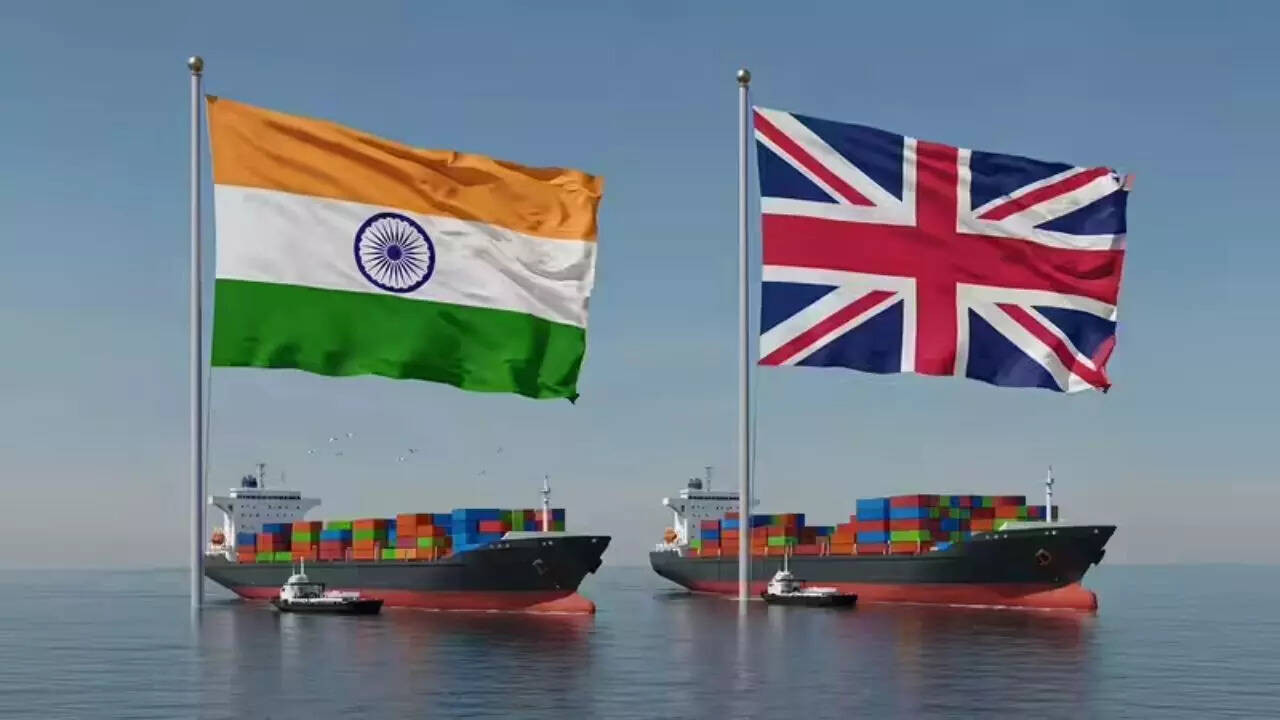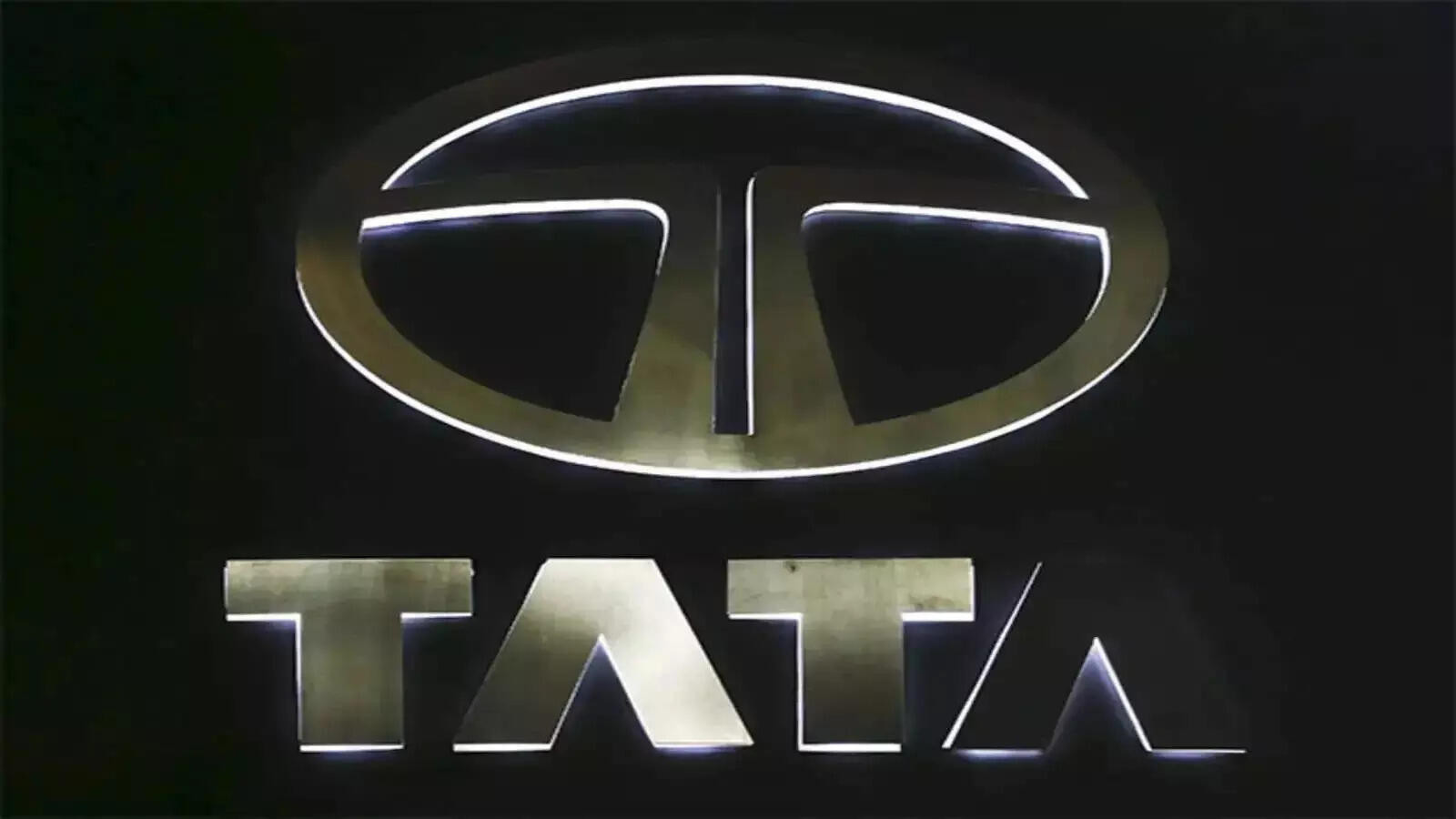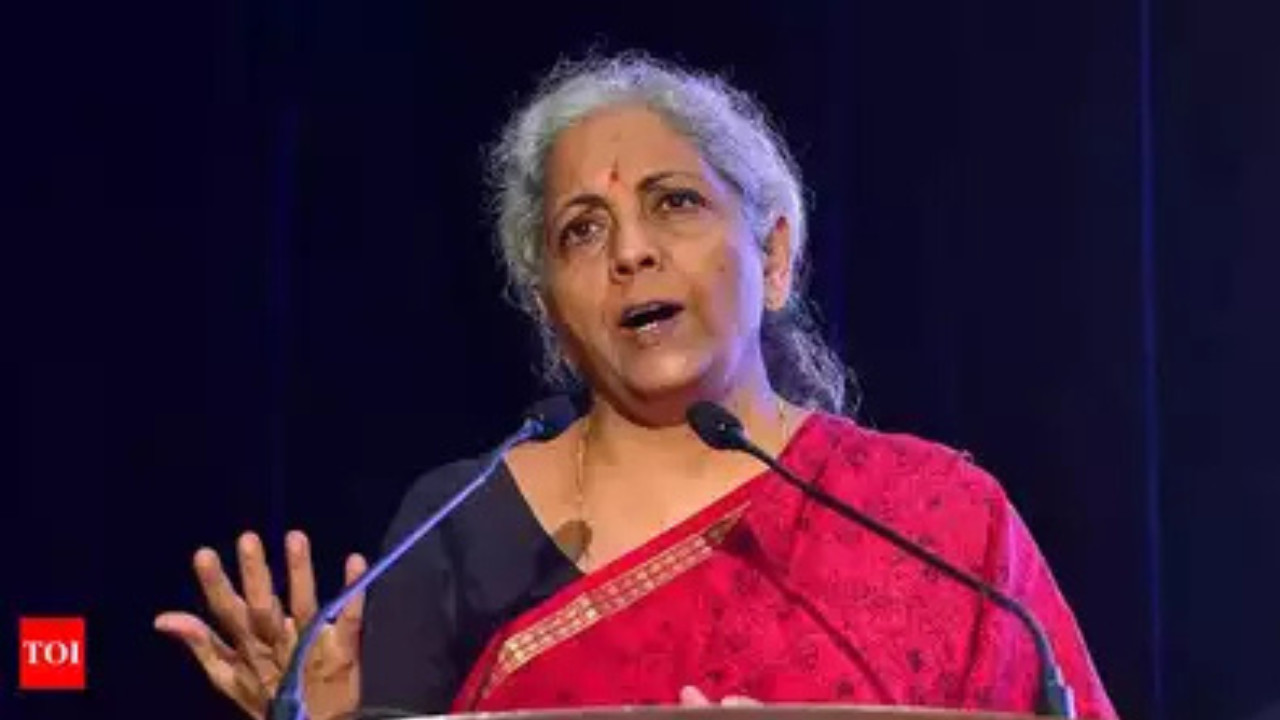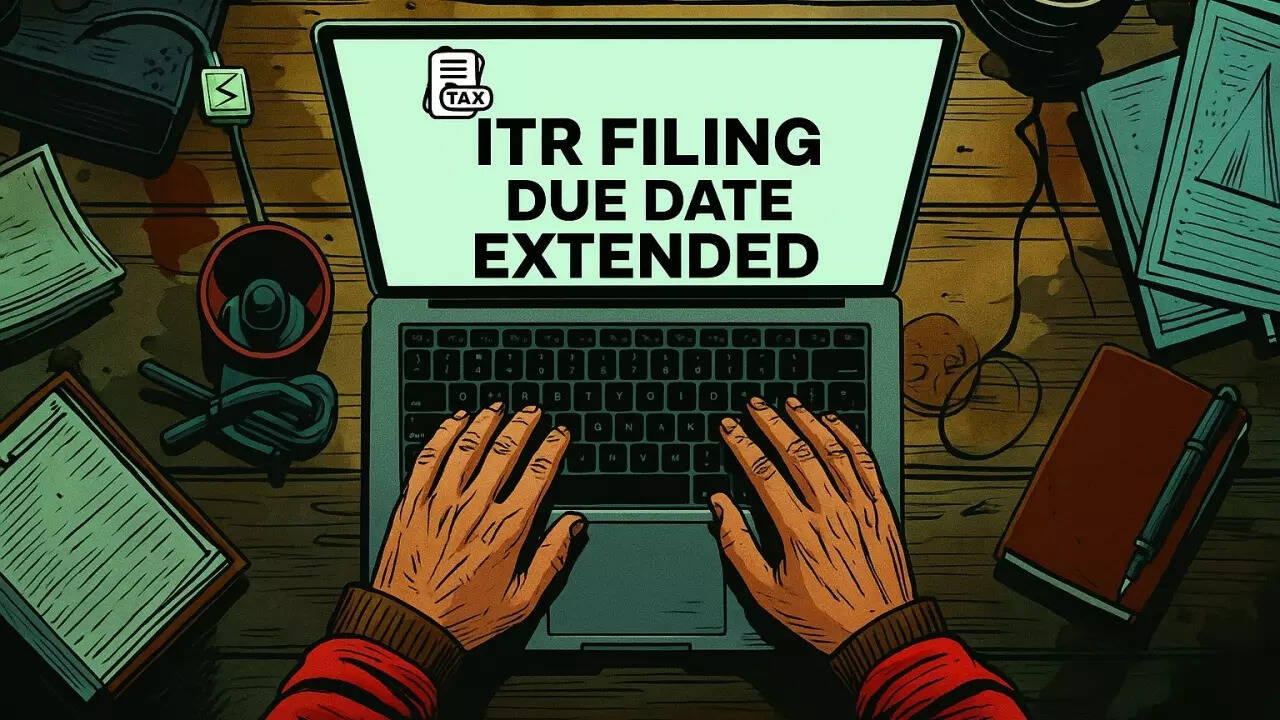India and the UK are poised to sign their long-awaited Free Trade Agreement next week, pending legal review. The agreement aims to eliminate tariffs on key Indian exports like leather and apparel, while lowering duties on British whisky and automobiles.
A New Chapter for Trade: What the India-UK Free Trade Agreement Means
For businesses and consumers alike, the world of international trade can often seem distant and complex. But every so often, a deal comes along that has the potential to reshape the landscape, bringing tangible benefits to both sides. The anticipated India-UK Free Trade Agreement (FTA) is one such deal, and it’s on the cusp of becoming a reality. Whispers from both nations suggest the ink could be dry as early as next week, opening up a new era of collaboration and economic opportunity. Let’s delve into what we know so far, and what this landmark agreement could mean for you.
Unlocking Potential: The Heart of the India-UK FTA
The core promise of any FTA is simple: to reduce or eliminate tariffs and other barriers to trade between participating countries. This creates a more level playing field, encouraging businesses to export and import goods and services more freely. For India and the UK, this translates into a significantly boosted economic partnership, unlocking potential that has, until now, remained largely untapped.
Imagine British consumers enjoying more affordable Indian textiles, spices, and handicrafts. Picture Indian businesses finding it easier and more cost-effective to export their products to the UK market. This is the kind of impact the India-UK Free Trade Agreement aims to deliver.
Beyond Tariffs: A Modern Trade Agreement
While tariff reduction is crucial, modern FTAs go far beyond simply cutting taxes on goods. They encompass a wide range of areas, including:
* Services: Streamlining regulations for service providers, such as IT companies, consultants, and financial institutions, making it easier to operate in both countries.
* Investment: Creating a more predictable and transparent environment for investors, encouraging greater foreign direct investment (FDI) flows in both directions.
* Intellectual Property: Strengthening protections for intellectual property rights, fostering innovation and creativity.
* Rules of Origin: Establishing clear rules to determine the country of origin of goods, preventing circumvention of trade barriers.
These comprehensive provisions aim to create a more integrated and efficient economic relationship, fostering long-term growth and prosperity.
Key Sectors Set to Benefit
So, which sectors stand to gain the most from this agreement? Several areas have been identified as potential winners:
* Automotive: The reduction of tariffs on automotive components could boost trade in this sector, supporting manufacturing jobs in both countries.
* Textiles: Indian textile manufacturers are expected to benefit from easier access to the UK market, increasing exports of clothing, fabrics, and home textiles.
* Food and Beverages: The FTA could lead to increased trade in agricultural products, with potential benefits for both Indian farmers and British consumers.
* Pharmaceuticals: Reduced regulatory barriers could facilitate the export of Indian pharmaceuticals to the UK, improving access to affordable medicines.
* Technology: Collaboration in areas such as artificial intelligence, cybersecurity, and fintech could be strengthened, driving innovation and economic growth.

Navigating Challenges: What to Watch For
Of course, no trade agreement is without its challenges. Negotiators on both sides have likely grappled with sensitive issues, such as agricultural subsidies, data privacy, and labor standards. The final text of the agreement will reveal how these challenges have been addressed.
It’s also important to remember that the benefits of an FTA don’t materialize overnight. Businesses need time to adapt to the new rules and regulations, and consumers may not see immediate price reductions. Successful implementation of the India-UK Free Trade Agreement will require ongoing efforts from governments, businesses, and civil society organizations. We must continue to promote awareness, provide support for businesses navigating the new landscape, and ensure that the benefits of the agreement are shared widely across society.
A Promising Future
The India-UK Free Trade Agreement represents a significant step forward in the economic relationship between two of the world’s largest economies. While the final details are still being finalized, the potential benefits are clear: increased trade, investment, and job creation. As the agreement takes effect, it will be crucial for businesses and policymakers to work together to maximize its impact and ensure that it delivers on its promise of a more prosperous future for both India and the UK. Be sure to keep an eye on the news to see when the deal is signed and prepare to take advantage of the opportunities it brings. Learn more about how India fosters technological growth and innovation.
slug: india-uk-free-trade-agreement







